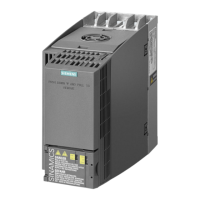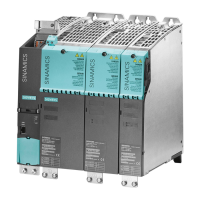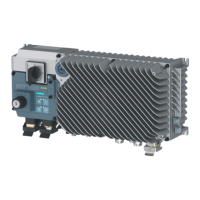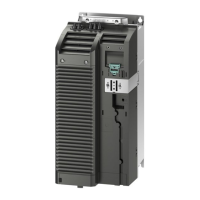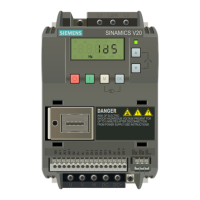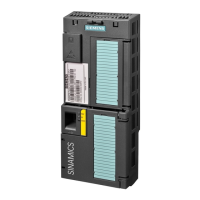Electrostatically Sensitive Assemblies (ESA)
© Siemens AG, 2004. All rights reserved
9-52 EMC Installation Guideline – Planning Guide (EMV) – 03.2004 Edition
9.2 Electrostatic charging of objects and people
Charging
Objects and people connected non-conductively to the electrical potential of their
environment can become electrostatically charged.
Examples of such charging are:
· Plastic cover or insulating slides up to 5,000 V
· Books and notebooks with plastic wrapping up to 8,000 V
· Persons when
– Walking on plastic floors up to 12,000 V
– Seating on upholstered chair up to 15,000 V
– Walking on synthetic fitted carpet up to 15,000 V
Discharge current/energy
If, for example, a voltage of 10,000 volts is discharged due to touching a
component, then a discharge current of 15 A can flow for a short time. The
electrical energy that a component must thus take up is around 10
-3
Ws. This
energy is sufficient to destroy semiconductors, e.g. integrated circuits, rectifiers and
signal diodes, or at least damage them.
Caution
Protect your assemblies and prolong their service life by observing the protective
measures in a responsible manner and applying them uncompromisingly.
9.3 Packing and dispatch of electrostatically sensitive
assemblies
Package assemblies without housing and components in conductive ESD original
packaging whenever possible. You can also use plastic boxes metallized on the
outside, or uncoated cartons. Store electrostatically sensitive assemblies in high-
impedance conductive packing.

